In Deep:
What You Need to Know About
Luang Prabang
Encircled by hills and jungle, Luang Prabang sits on a peninsula where the Mekong meets one if its tributaries, the Nam Khan River. The city served as the religious and royal centre of Laos for roughly 600 years, from the 14th century until the monarchy was abolished in 1975.
Although it is just a provincial capital today, it retains an aura of divinity. Indeed, the streets are most magical just after dawn when more than 600 monks emerge from the monasteries to collect alms, forming a silent saffron procession past the waiting merit makers.
City Sights:
UNESCO World Heritage Site

In 1995, Luang Prabang became a UNESCO World Heritage Site because of its unique architectural heritage. Traditional homes in Luang Prabang and the surrounding area were originally stilted buildings made from wood and bamboo, with thatched roofs providing protection from the elements. Later, the Tai Dum group from Northern Vietnam introduced an exterior finish made from lime, straw, sand, palm sugar and boiled buffalo skin.
When the French came, they brought with them European building techniques and styles learned in Vietnam. Gradually, a unique Laotian architectural style was born combining these elements along with some Chinese innovations. An impressive example of this unique architecture is the former Royal Palace, built between 1904 and 1909, which now houses the Luang Prabang National Museum.
Like Nothing Else on Earth
From the famed limestone islands of Ha Long Bay to the UNESCO-protected, colonial architecture of Luang Prabang, explore Southeast Asia’s most spectacular gems on our Vietnam & Laos Biking trip.
DETAILED ITINERARY Vat Xieng Thong
Vat Xieng Thong
A beautiful temple dating from the 16th century, the roof of its main chapel sweeps low to the ground and coloured-glass panels adorn its walls, making it a staple in the photo albums of curious travellers to Luang Prabang.
Built by King Setthathirath circa 1560, Vat Xieng Thong served as a royal temple and the site of Lao king’s crowning for more than four centuries. Its architecture and intricate accessories make it an excellent example of Laotian craftwork: intricately carved gilded doors depict the life story of Buddha, while its ceilings display Dharmachakras, or dharma wheels, representing Buddha’s path to Nirvana. Many of the temples outer walls also depict Lao legends and other representations of Buddha, while its rear (pictured above) boasts an impression of the tree of life, under which the Buddha sat when he attained enlightenment.
Just Outside of Town:

Kuang Si Waterfalls
About 30 kilometres south of the city lie the Kuang Si Waterfalls, a favourite destination for travellers to Luang Prabang. The turquoise waters of the collecting ponds and peaceful sound of running water offer tranquility and relaxation, a geological expression of Buddhist serenity.
Pak Ou Caves
Located about 20 kilometres upriver from Luang Prabang on the Mekong, these caves are said to have been inhabited by a hermit who achieved enlightenment. The upper and lower sanctuaries contain more than 4,200 wood and gilded statues of Buddha, portraying him in various positions relevant to Buddhism, including teaching, peace and meditation.
Leave a Reply
MORE FROM Asia-Pacific + Laos

Biking in Cambodia with B&R Expert Guide Fin
Cambodia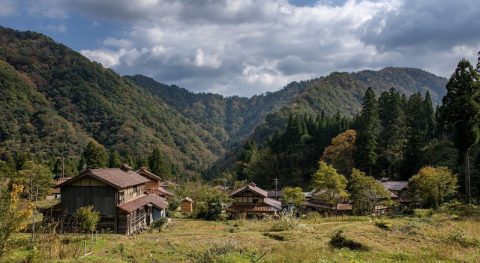
The Slow Fund: Rice Production with Ozuchi Village
Japan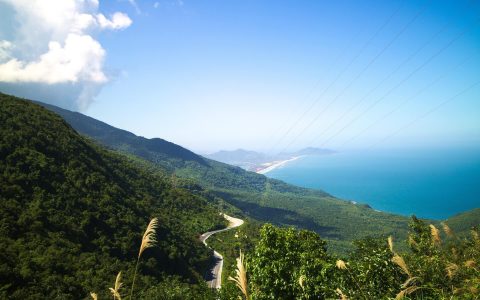
Take a Virtual Ride on the Hai Van Pass in Vietnam
Vietnam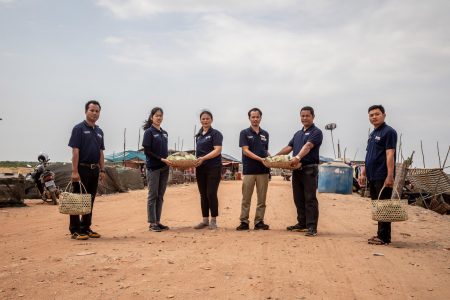
How Three Cambodian Hotels Are Joining Forces to Feed Their Communities
Cambodia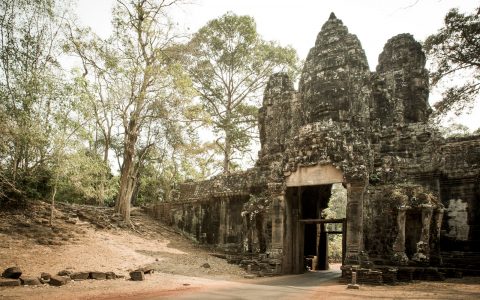
Meet Fin—B&R’s Expert Guide in Cambodia
Cambodia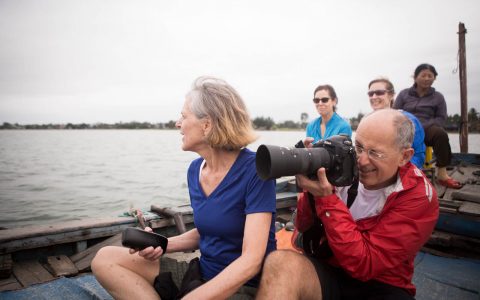
An Insider’s Eye on Vietnam: What to See and What to Skip, According to our Vietnam Expert
Vietnam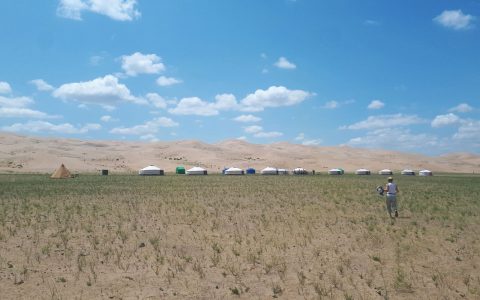
Photo Essay: Exulting in Mongolia’s Eternal Blue Sky
Mongolia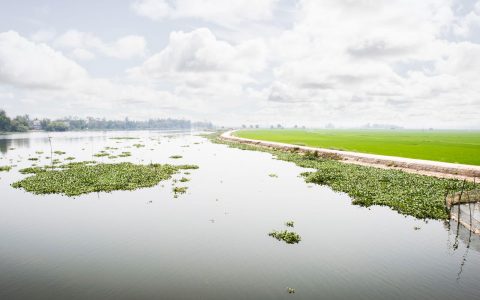
The Best Times of Year to Travel to Asia
Vietnam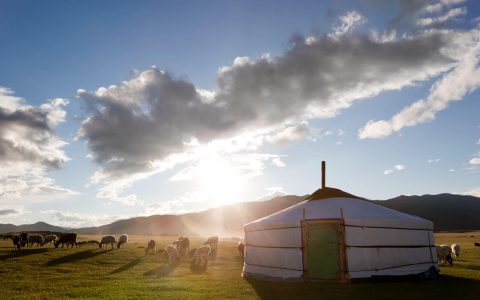
Chris Litt: On Mongolia and the Desire to Disconnect
Mongolia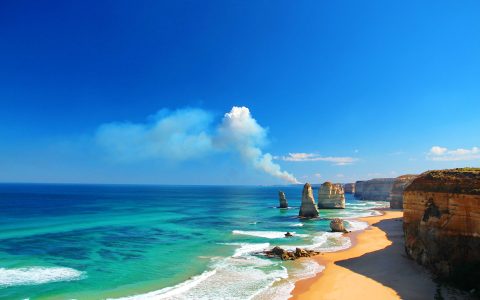
Top 6 Multi-Day Walks in Australia
Australia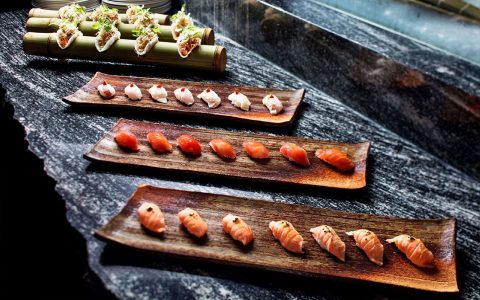
The 8 Best Restaurants in Auckland
New Zealand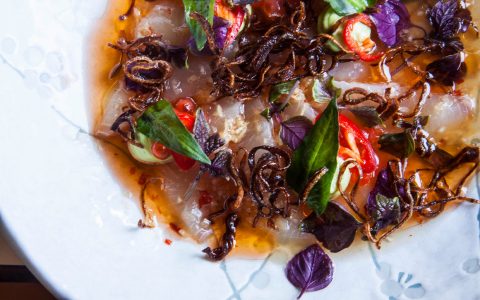
The 5 Best Restaurants in Wellington
New Zealand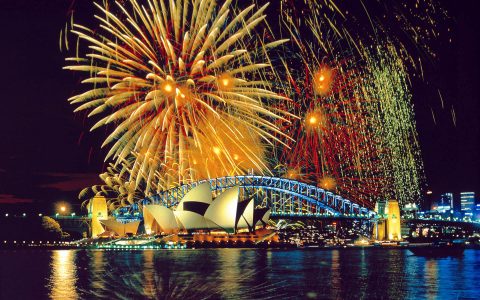
8 Reasons Why You Need to Take an Australian Adventure
Australia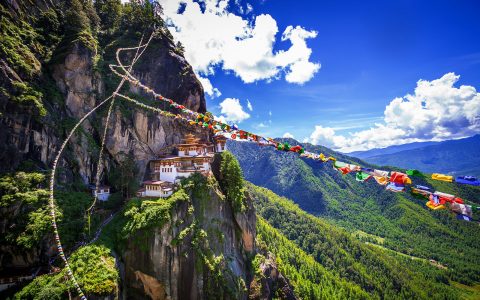
Cultural Quirks About Bhutan That Will Blow Your Mind
Bhutan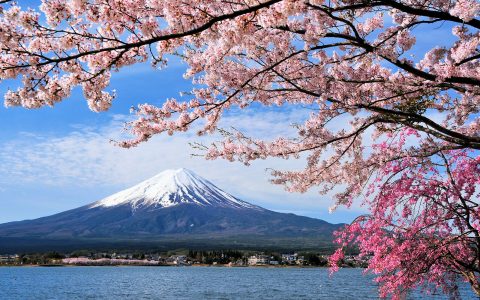
5 Things to Know Before You Go to Japan
Japan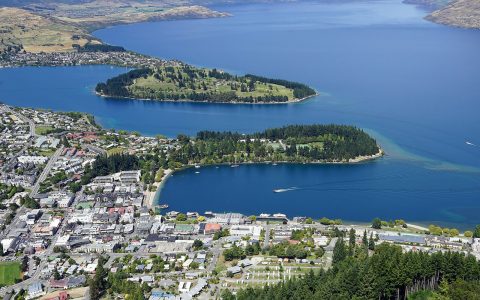
8 Favourite Restaurants to Eat in Queenstown
New Zealand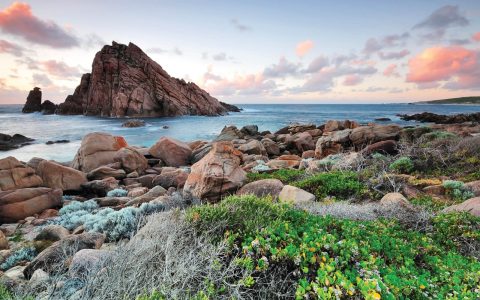
10 Must-Try Australian Wines
Australia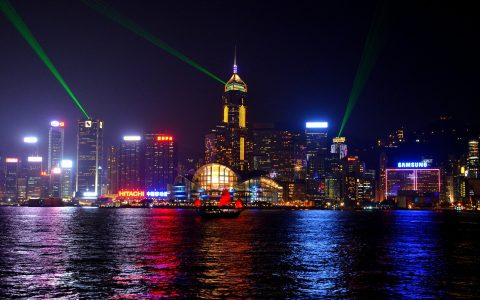
Where to Eat in Hong Kong: 7 Best Restaurants
China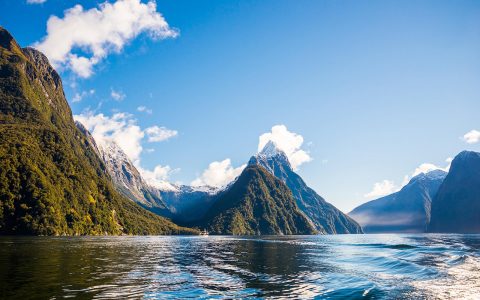
A Kiwi’s Guide to Enjoying New Zealand
New Zealand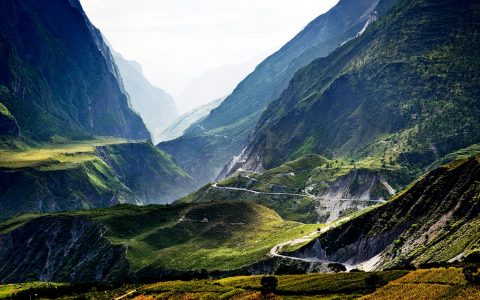


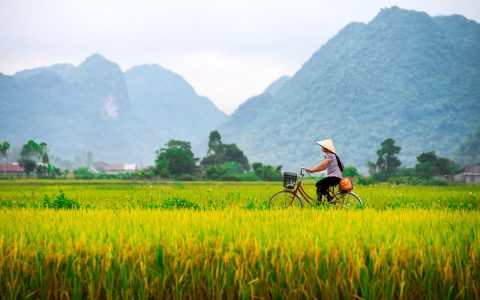
This trip to Vietnam and LAOS sound very exciting and it would make a great trip for us next year (2017). My husband, George Verkamp, loves traveling with you as much as I do. B & R is first class; keeps us safe and makes sure we eat great food of the nation we are in.
Thank you so much for all of our trips.
Sincerely,
Christine Schoonover